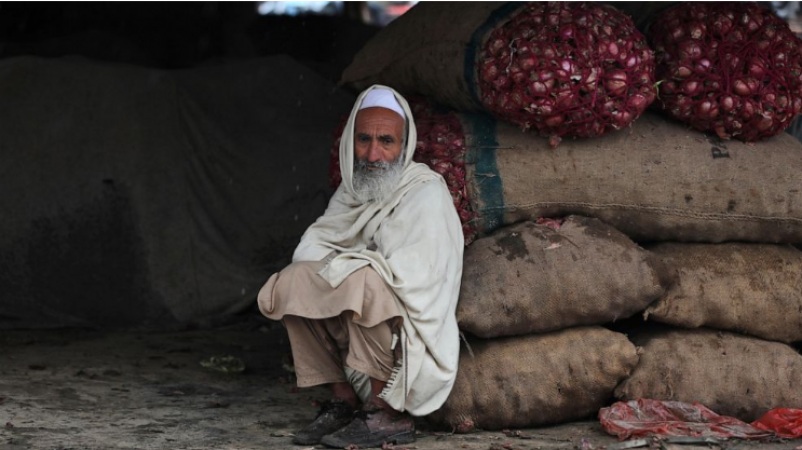
Bangkok: According to a report released on Tuesday by the Food and Agricultural Organization and other United Nations agencies, an increasing number of people in Asia do not have enough to eat as food insecurity rises with rising prices and deepening poverty.
More than half a billion people were undernourished in 2021, with more than eight out of ten of them living in South Asia, and more than 1 billion experienced moderate to severe food insecurity, according to the report. Globally, the prevalence of food insecurity increased from 21% in 2014 to over 29% in 2021.
The COVID-19 pandemic was a major setback that resulted in widespread job losses and disruptions, and the conflict in Ukraine has increased the cost of food, energy, and fertiliser, making a healthy diet unaffordable for many millions, it said.
Also Read: Gay bars provide a sacred setting for the LGBTQ community
The report represents the World Food Program, FAO, UNICEF, World Health Organization, and World Health Organization's fifth annual assessment of food insecurity and hunger.
Over those years, as more and more people lost the ability to eat enough, progress toward eradicating hunger and malnutrition stalled and then reversed. According to U.N. agencies, the prevalence of undernourishment was 9.1% in 2021, down from 14.3% in 2000 but up slightly from 2020.
These statistics demonstrate that "the fight against hunger is still slowing down, "According to the report, people who have moved to cities, where they have less convenient access to affordable food, are experiencing an increase in food insecurity. "It is crucial that we reform our agrifood systems to produce nutrient-dense food and guarantee equitable access to healthy diets, "It read.
The Food Price Index of the FAO has increased over the past few years, setting a new high in March 2022. Later in the year, as commodity prices started to fall, it started to recover, but it is still 28% above the 2020 level. The Asia-Pacific region imports food worth close to $2 trillion annually. The poor are most affected by rising prices for necessities like rice, wheat, and oil.
Also Read: Former top Wagner Group member detained in Norway seeking asylum
It is a component of the "5F" crisis, which refers to a shortage of food, feed, fertiliser, fuel, and financing. Many nations that relied on the region for their wheat, edible oils, and fertilisers have suffered greatly as a result of the conflict in Ukraine.
Nearly 2 billion people, or nearly 45% of the population of Asia, cannot afford healthy diets, which exacerbates hunger as well as issues with anaemia and obesity.
According to the data in the report, nearly one in ten Thais were undernourished in 2019–2021, a higher proportion than several years earlier and also higher than in many other Southeast Asian countries where average incomes are much lower. This highlights the pandemic's impact, which particularly hard-hit vulnerable workers in the tourism and manufacturing industries. Data from the World Bank show that between 2015 and 2018, poverty increased by 2.6%.
According to Sridhar Dharmapuri, the FAO's author of the report that was made public on Tuesday, "A rise in poverty and undernourishment would go together."
Future health and productivity are also at risk due to poor eating habits and stunting or wasting of children, which increases their susceptibility to disease. According to the study, stunting, or having a small height for their age, affects almost one-fourth of children in the Asia-Pacific region.
Also Read: The prime minister of Japan says action on the birth rate crisis "cannot wait."
70% of Afghans experience moderate to severe food insecurity as a result of the economy's collapse following the Taliban's takeover of the country in August 2021, which has resulted in millions of people falling into poverty and going hungry as foreign aid almost immediately ceased.
Half of the population in Cambodia experiences moderate to severe food insecurity.
— Anemia, which results in fatigue and, in more severe cases, can harm the heart and lungs, affects one-third of Asian women between the ages of 15 and 49.